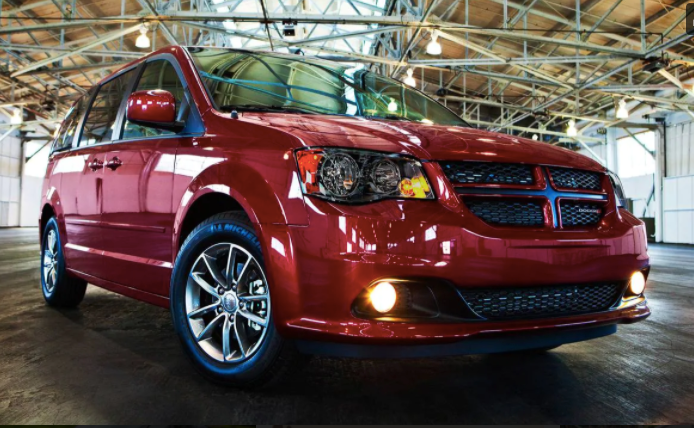If you own a three-year-old Dodge Grand Caravan minivan, perhaps you should sell it. During the past year, its price has increased by 69 percent. Appreciating by almost as much, the Nissan Versa and Toyota Prius are close behind:

Used Car Prices
During the past year (January to January), used car prices have climbed an average of 40.5 percent. That means last year’s $38,535 average new car purchase is now worth $48,765 as a slightly used vehicle. Whether you bought your car five years ago or more recently, 2021 was the year for a used car price surge:

More typically, a new car’s value plunges the minute you take it off the lot. Its first year decrease would be close to 33 percent.and then 14 percent a year subsequently. Now though, computer chip shortages and pandemic shutdowns constrained new car production. Meanwhile, rental car companies, knowing they cannot add to their fleet, are keeping older cars. As economists, we know that a decrease in the supply of new cars and an increase in demand for used cars nudges used car prices upward.
Our Bottom Line: Supply and Demand
We have good news and bad news. The upside is that historically low rates have made car loans more affordable. However, more “originations” could have propelled prices upward.
The red line on the graph shows loan amounts are up (left side Y-axis) while the yellow line for the number of originations (right side Y-axis) was up too:

Below, the graph shows the upward climb of mortgage and non-mortgage debt by the fourth quarter of 2021:

Then, we have a detail of the non-housing band of the Total Debt Balance graph (above). You can see the increase in auto loans:

As economists, though, we can say that the size and number of auto loans return us to where we began. Because of a decrease in the supply of new cars and more demand for used cars, the price of a “pre-owned” Dodge Minivan is way up.

And returning to our title…Dodge minivan owners are smiling.
My sources and more: Thanks to WSJ, here and here, and Liberty Street Economics for the synergy their articles created. (Our featured image is from edmunds.com.)






